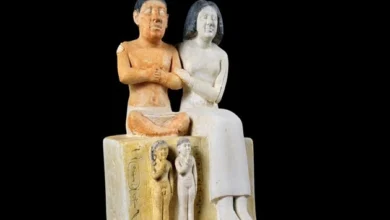Why lotus so important for Buddhists, and what symbols are hidden in this flower

In the mind of Chinese Buddhists, the lotus is one of the eight treasures. It has a very wide range of symbolism, including honesty, confidence, spirituality, family harmony and well-being, and blessing with children. The sacred and the mundane are almost always confused in the Chinese tradition. A lotus flower is born in a bog, making its way through a layer of river silt. Similarly, a person’s consciousness awakens and overcomes all “kleshas” – the obscuration of consciousness. The lotus goes through all the obstacles in its path and spreads its delicate petals on the water’s surface, presenting all its beauty to the world.
The lotus flower combines three times
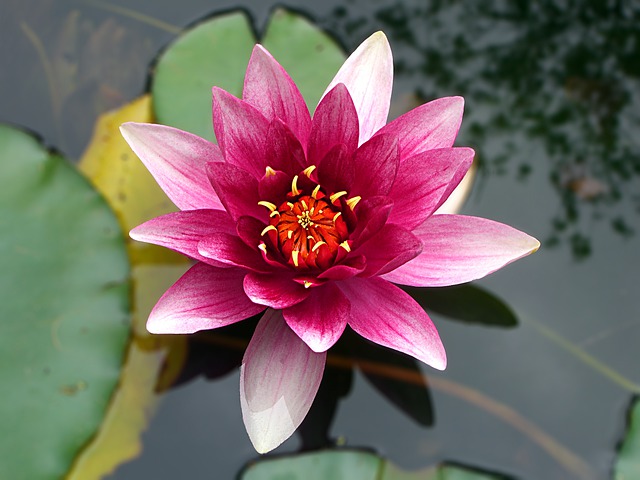
The lotus is a type of water lily. This flower is revered in various oriental cultures for its extraordinary beauty and similarity to the ideal form of the vulva as the divine source of life. For this reason, the lotus is primarily a symbol of fertility.
Lotus symbolism is reflected in ancient Egyptian, Indian, Chinese and Japanese cultures. In Egypt, a lotus growing from a substrate opened its flawless petals towards the sun and was glorified as the sun itself, rising from the primordial chaos.
In Buddhism, the lotus flower has an essential role. Depending on the palette, cultural connotations and patron deities change:
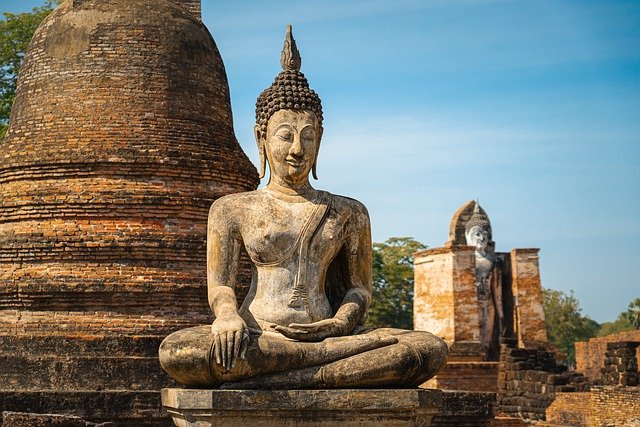
- white is the perfection and absolute of the soul. It is associated with White Tara, her nature, and the color of her flesh;
- Red – sympathy, all-embracing sympathetic love, passion. It is a kind of purity of heart;
- blue – the victory of the soul over emotions, the superiority of knowledge;
- Pink is the image of the supreme deity who personifies the Buddha himself.
In Tibetan teachings, the bud and its general nature are seen as a life cycle. The lotus represents the source of life in the universe, is considered the embodiment of the gods who created the world and the sun god. In Buddhist religious and philosophical teachings, the lotus is a manifestation of the drachma of the Buddha, one of the Eight Good Signs. It also personifies purity, innocence, and calmness.
This noble flower is a combination of three times. The lotus nut expresses the past, is the foundation for all that exists. The seed is full of unique energy and genetic information. The bud represents the present, and the inflorescence describes future events.
The energy of the four elements that the lotus absorbs
The lotus grows in bogs in the stagnant and slowly flowing waters of the Nile and Ganges. In the morning, it opens its petals at dawn, and at dusk, it covers them again.
The lotus manifests itself in three elements: Earth, Water, and Air. By analogy, a person exists within three worlds: material, intellectual and spiritual. The swampy water in which the lotus usually grows marks a perverse world of illusion.
The seed directly in the silt is filled with the power of the Earth. The stem emerging from the water is saturated with the energy of water. Lotus leaves lying on the surface of the water capture the energy of Air. At the same time, the bud absorbs the power of Fire, opening its petals to the sun every day.
Why an ordinary flower becomes a symbol of faith
The life of a Buddhist certainly touches this flower. Gautama Buddha himself, like a lotus, was constantly pure. When he was born, a torrential rain of flowers covered the Earth. He sat and meditated in what is known as the lotus position.
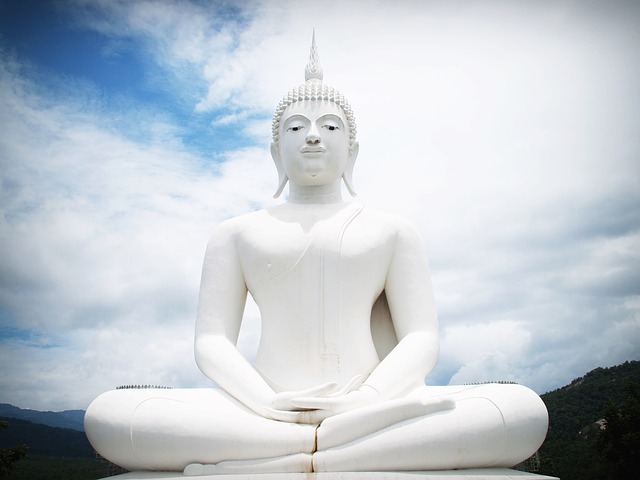
This pose helped him focus all his attention, increase energy, and ultimately achieve nirvana. This is why Buddha is almost always depicted sitting on a flower. His paradise was a garden “drowned” in a lake of various kinds of lotus flowers.
The reason why it was the lotus that became important in Buddhism and became a symbol of faith lies in the places of its germination. As already mentioned, the flower grows in muddy waters and swamps, but this fact does not affect it and its unique and serene beauty. The lotus is beautiful and self-sufficient even after it has passed through the murky waters of the swamp.
Its petals stay clean and dry. The Buddha also talks about human life. Even through desecration and suffering, a person who carries a sincere faith in himself remains pure and beautiful on Earth.
Why lotus symbolism is so difficult to define and understand
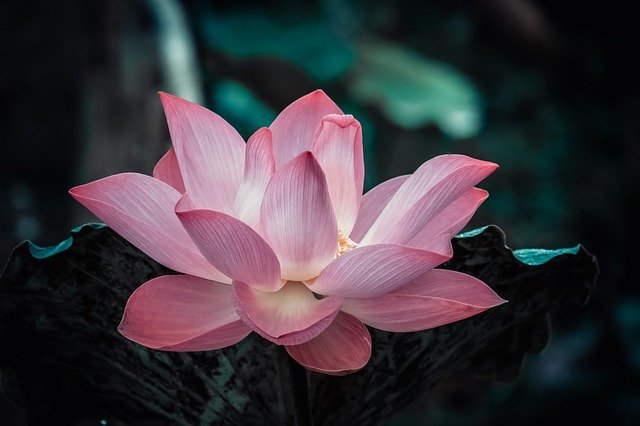
The symbolism of the lotus in the Buddhist worldview is not easy to put into a certain concept since this teaching has several streams. However, for the most part, the lotus is the main symbolic aspect, representing the standard of body, speech, and mind, achieved at the moment of realizing the Buddha’s pure and permanent pristine nature.
Just as a heavy rain cloud obscures the sun, klesha obscures the Buddha nature within every living being. In Buddhism, the lotus flower symbolizes the overcoming of the ancient enemy – the omnipresent anxiety.
A person must work tirelessly to see the world around him as he opened up before the Buddha. This alone will open the lotus of the mind to a thousand perfect qualities. The lotus keeps such secret meanings, and only a true adherent of Buddhism can comprehend them


